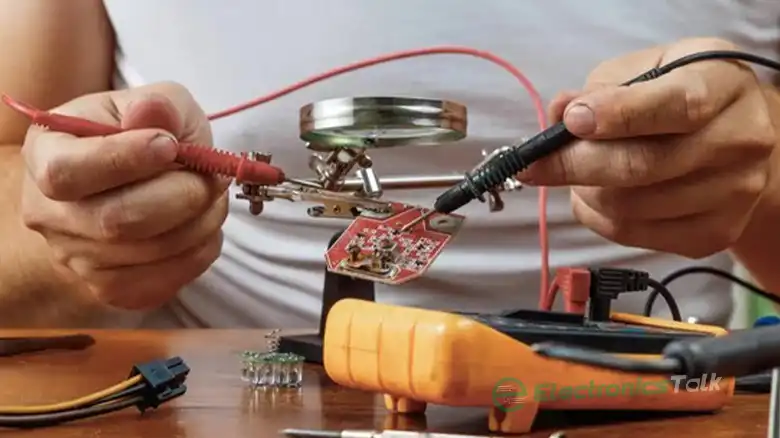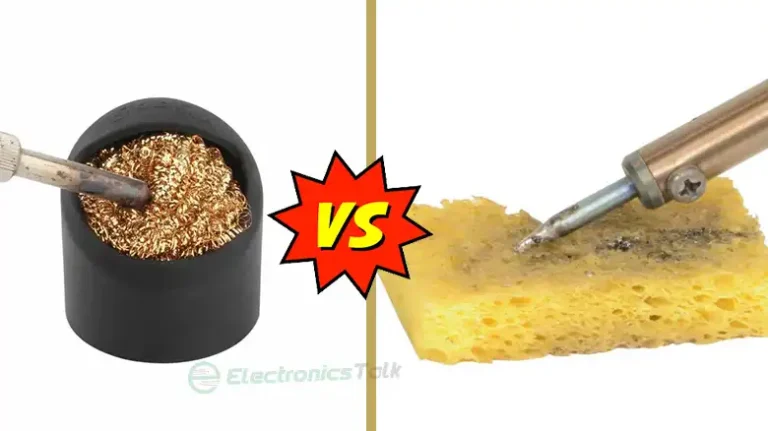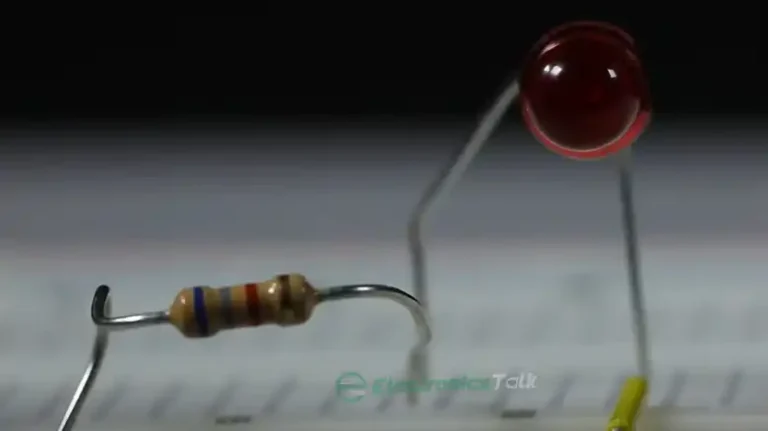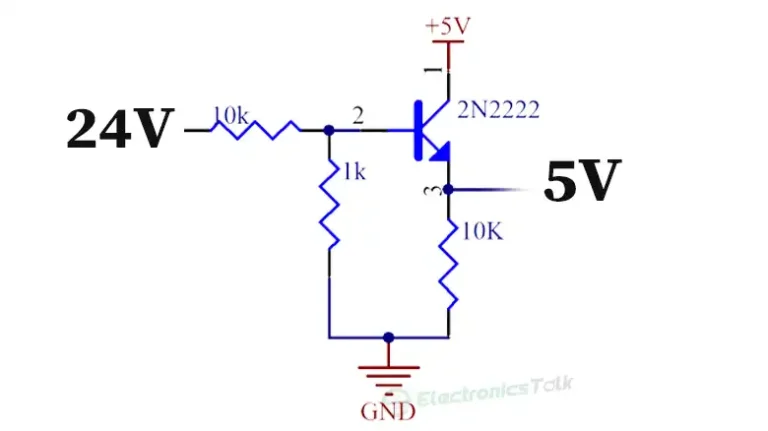Can I use a resistor instead of a potentiometer? You Need to Know
No, it’s generally not possible to directly substitute a potentiometer with a fixed resistor and achieve the same functionality. However, there may be cases where a fixed resistor can be used instead of a potentiometer in specific applications.

Is the potentiometer and resistor the same?
Understanding resistors and potentiometers is crucial before discussing their differences and why resistors are not preferred over potentiometers.
A potentiometer, also known as a variable resistor, is a three-terminal component used in electrical circuits. It has a moveable wiper terminal and two fixed outer terminals, allowing variable resistance control within a predetermined range. A resistor is a two-terminal part with a set resistance value, identified by color code or component marking.
A resistor is a passive electrical component with a fixed resistance value, regulating electric current flow and producing heat. A potentiometer allows resistance modification within a predetermined range for varied control. Resistors control current, voltage, and signal levels in circuits, used in voltage dividers, current limiters, filtering, timing, and potentiometers for variable resistance.
Figure 03: 3 Terminals of a potentiometer |
In summary, resistors provide specific resistance, while potentiometers allow adjustment within a specified range, serving different purposes in electrical circuits depending on application requirements.
Why we can’t use a resistor instead of a potentiometer?
Now we briefly know about resistors and potentiometers and how they differ from each other, we can dive into the topic of why we can’t use a resistor instead of a potentiometer.
Despite certain similarities, resistors and potentiometers have separate functions in electrical circuits. In most cases, replacing a potentiometer with a fixed resistor and getting the same functionality is impossible.
Resistors Applications
Like a potentiometer, a resistor cannot offer variable resistance. A potentiometer is required if our circuit needs the capacity to change resistance, such as regulating brightness or loudness. A potentiometer’s ability to be adjusted enables us to precisely modify the resistance value to meet our demands. Instead, using a resistor would provide a set resistance that is immutable.
Potentiometers Applications
Potentiometers are essential in circuits for specialized tasks like audio volume control, motor speed management, and bias levels. Swapping for resistors can damage the circuit’s functionality, causing a loss of variable control.
Problems of Altering Resistors and Potentiometer
The benefit of altering resistance while preserving a smooth transition between levels is another benefit of potentiometers. This characteristic is essential in some applications where unexpected resistance fluctuations might impair the operation of the circuit. Being a fixed-value component, a resistor is unable to switch between resistance levels smoothly.
Alternate circuit designs with fixed resistors and extra components can achieve potentiometer effects but require careful consideration of unique circuit needs.
In which case we can replace a potentiometer with a resistor?
A fixed resistor may occasionally be used in place of a potentiometer in certain circumstances. For instance, a fixed resistor might be used if we simply need a fixed resistance value, and the capacity to alter it is not required. When choosing between a potentiometer and a resistor, it’s critical to take the circuit needs and functioning into account.
Do I need to use a resistor with a potentiometer?
Whether or not we need to use a resistor with a potentiometer depends on the specific circuit configuration and the intended use of the potentiometer.
Normally a potentiometer can function as a variable resistor without requiring a second resistor. To regulate resistance, link fixed outer terminals and attach a moveable terminal. However, in a voltage divider circuit, a second resistor is required to establish a steady reference voltage and control current passing through the potentiometer.

Figure 05: Potentiometer in a voltage divider circuit
What can we replace potentiometers with?
Due to its adjustability, potentiometers are frequently utilized as variable resistors in electrical circuits. Nevertheless, depending on the needed functionality, alternate components can be employed in some situations.
We can use digital potentiometers that mimic electronic potentiometer operation, enabling precise resistance adjustment for remote or automated control. Variable resistors like trimmers and preset resistors are alternatives, while optoelectronic components like photoresistors and light-dependent resistors are used for light-sensitive variable resistors in applications like light-level control and sensors.
Can a rheostat be used to replace a potentiometer?
The potentiometer has three terminals, and if one of them is left floating, the potentiometer may be used as a rheostat. The opposite is not exactly true, though; in order to utilize a rheostat as a potentiometer, you must ground its output and add at least one more resistor.
To conclude
In a nutshell, a resistor and a potentiometer have different roles in electrical circuits. A resistor gives a set resistance value, but a potentiometer offers adjustable resistance. In most cases, substituting a resistor for a potentiometer and getting the same functionality is impossible. However, different circuit designs may be investigated as a replacement for a potentiometer, depending on the precise circuit needs and objectives.



![[10 Methods] How Do I Know if My Op Amp Is Unity Gain Stable?](https://www.electronicstalk.org/wp-content/uploads/2023/09/How-Do-I-Know-if-My-Op-Amp-Is-Unity-Gain-Stable-768x431.webp)
![[Explained] How to Reduce 5V to 4V Using Resistor?](https://www.electronicstalk.org/wp-content/uploads/2023/10/How-to-Reduce-5V-to-4V-Using-Resistor-768x431.webp)

